Celebrating PC gaming's long love affair with D&D's Forgotten Realms
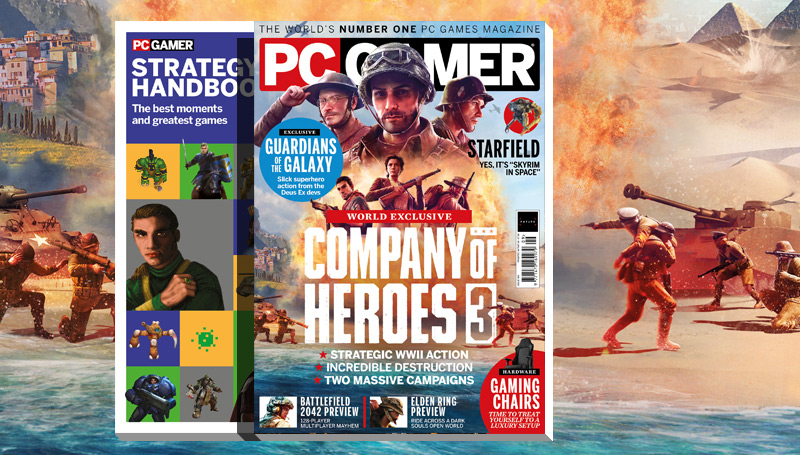
This article first appeared in PC Gamer magazine issue 360 in September 2021. Every month we run exclusive features exploring the world of PC gaming—from behind-the-scenes previews, to incredible community stories, to fascinating interviews, and more.
The great irony in the title of Dungeons & Dragons’ most popular setting is that we’ve never been allowed to forget it. Since the 1980s, when the genre we’d recognise as the RPG was born, any year without a release that takes us to the Sword Coast, or Icewind Dale, or the dungeons beneath Waterdeep has been an exception. If history is made up of stories that exist in the collective memory, then the city of Baldur’s Gate is as real as Los Angeles or New York.
Strange, then, to think of a time when the Realms existed only within the bounds of a single head, situated somewhere in the suburbs of Toronto in the mid 1960s. The author Ed Greenwood invented the setting in his childhood daydreams, scribbling stories that followed a wheezing, Falstaff-inspired rogue named Mirt the Moneylender from port to port as he dodged his creditors. Where Mirt moved, the world grew, ultimately spawning the stretch of coastal cities where the lion’s share of Forgotten Realms games still take place. Greenwood imagined the Realms to be part of a multiverse including Earth, a world which humanity had visited but quite literally forgotten – hence the name, and the knights and dragons that so resembled archetypes from Earth’s own mythology.
When Dungeons & Dragons invaded hobby shops across the West, Greenwood began telling his stories on the tabletop, filling in the gaps at the behest of his players. By the time he sold his hand-drawn master maps to Dungeons & Dragons’ initial publisher, TSR, the continent of Faerûn and its best-known landmarks were firmly established.
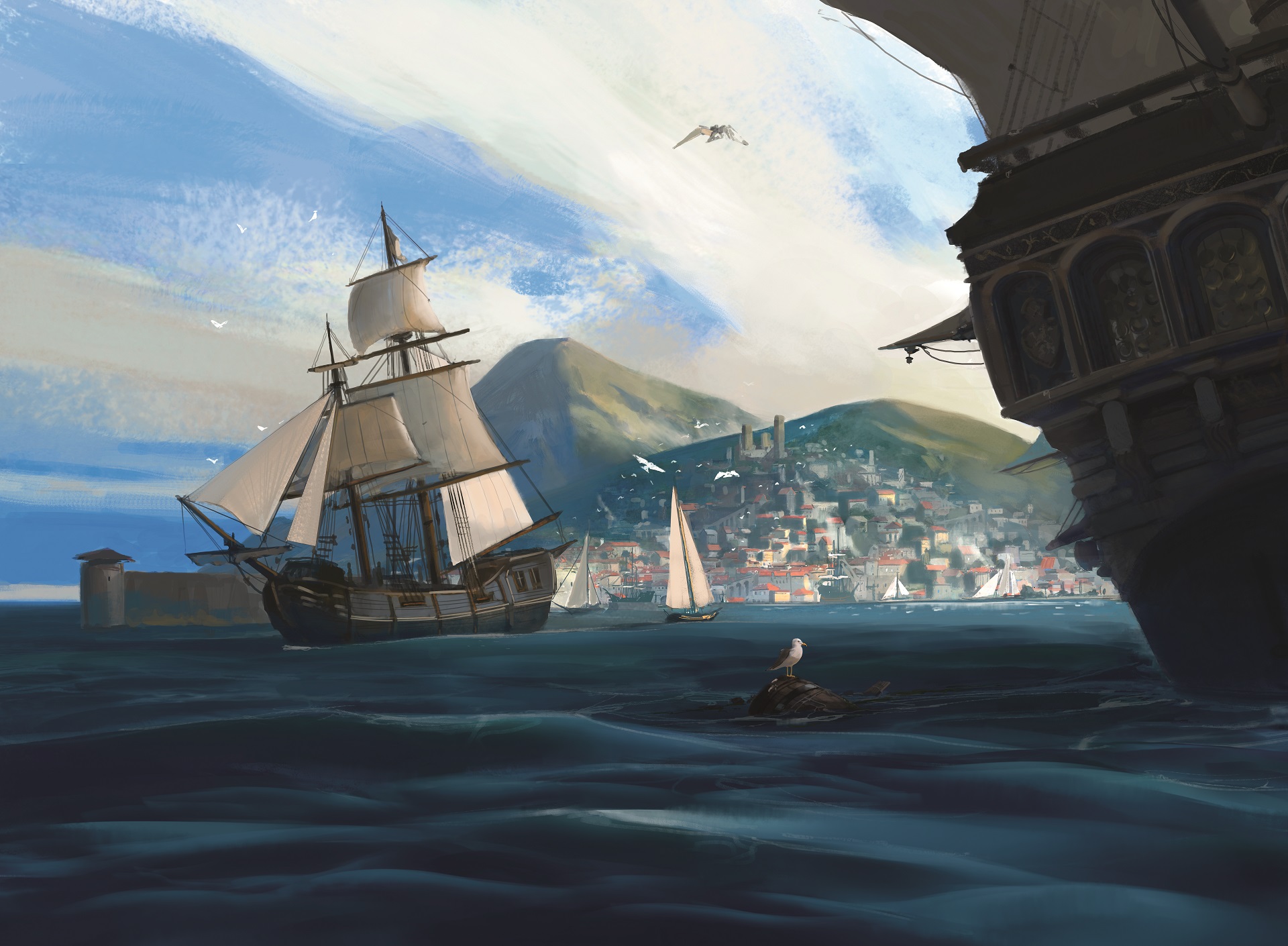
TSR might have bought the Realms, but once the legendary ‘old grey box’ of the 1987 Forgotten Realms campaign set was opened, Faerûn effectively belonged to everyone. Its world was expanded whenever a dungeon master invented a monster to hold their group’s attention, and changed every time a player set out with a sword to make it a better place.
Tolkien Heads
Among Greenwood’s new co-writers were game developers: Pool of Radiance came out a year later. It was an extraordinary hit, and like many PC games to come, translated reams of D&D rules directly into code. “My earliest Forgotten Realms memory is playing Pool of Radiance with my brother in our shared bedroom back in the ’80s,” says Aaron Forsythe, now Magic: The Gathering’s vice president of design. “God, it was just hours and hours of that.”
As new storytellers flooded into the Realms, the familiarity that Greenwood had baked into its foundations worked in the setting’s favour. It’s the surface blandness of the Realms that, counterintuitively, makes it such an alluring canvas for fantasy—its temperate, Tolkein-esque default accessible to anybody with a grasp on what a goblin is, and flexible enough to accommodate almost any swords-and-sorcery adventure. “You don’t need lots of deep explanation to get into it and start playing,” says Ray Winninger, executive producer of Wizards of the Coasts’ D&D studio. “But there are layers upon layers of interesting stuff that’s been added over the years. There are many civilisations built on top of each other that you can uncover.”
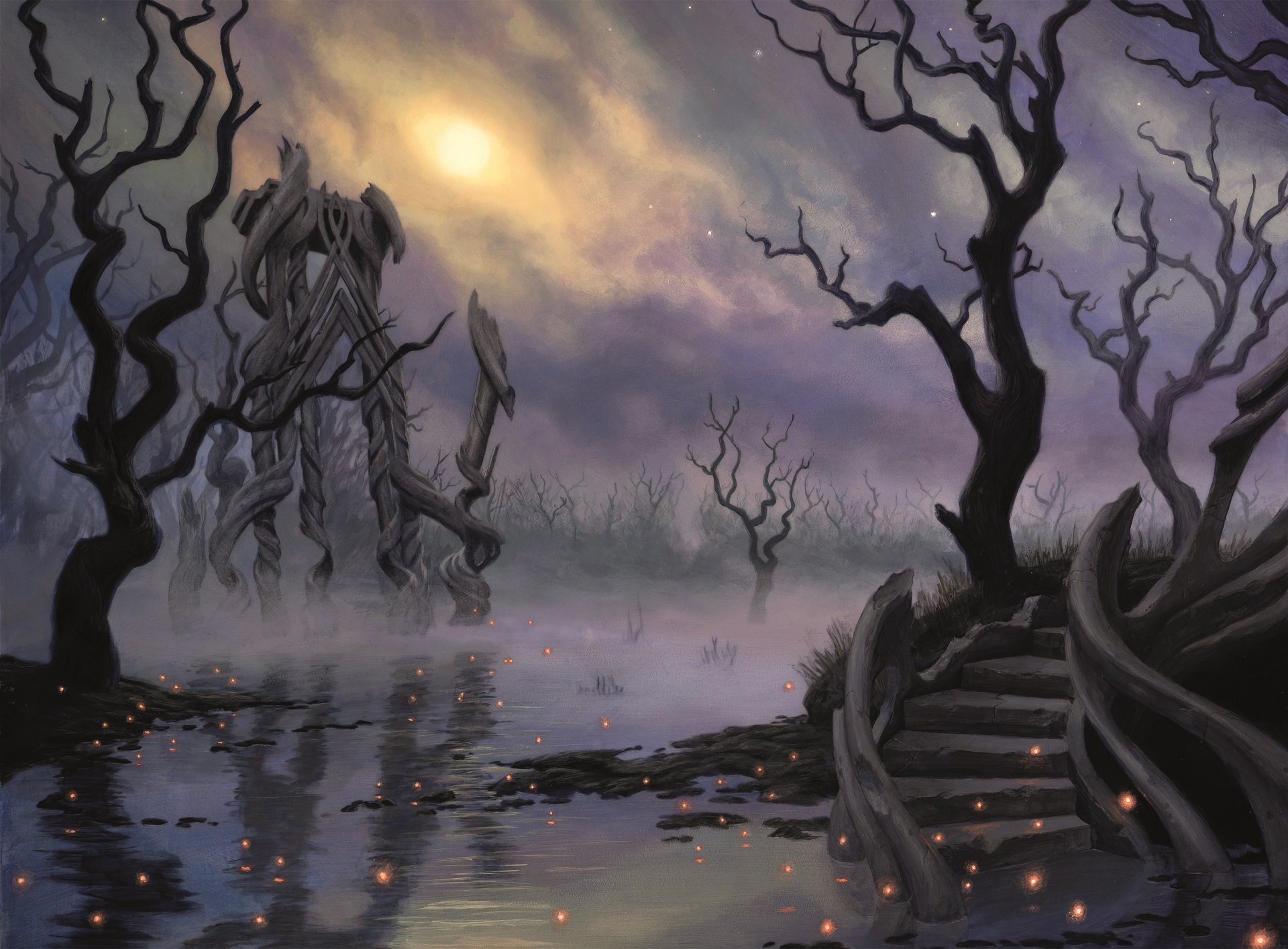
As TSR was let loose on its lore, the Realms developed new and strange depths. The Underdark, a vast subterranean network first conceived by D&D co-creator Gary Gygax, was bolted on and built out over time—introducing the matriarchal spider cities of the drow, and the mind flayers, a society of brain-eating, sociopathic slavers. With Baldur’s Gate III, Larian has latched onto the lawyer-like devils of the Nine Hells, who do evil in the small print of their contracts. Today, the Realms are precisely as weird as you want them to be. They’re also rather less vague, the corners of the maps having long since been filled in. Back when Winninger made his Forgotten Realms debut—writing a 1995 sourcebook on giants—little effort was made to centralise the setting’s lore.
Sunder and lightning
“There were a lot of different people creating a lot of different things,” he says. “Finding little places they could insert their own Lego pieces. There wasn’t any kind of committee steering the broader future of the Realms, it was an ad hoc kind of creation.” By the time Baldur’s Gate came out in 1998, however, D&D had a new owner in Wizards of the Coast. Recognising the popularity of the Realms, the company made efforts to organise its running. When planning the cataclysmic Sundering, for instance, it held a days-long summit where bestselling authors like Greenwood and RA Salvatore hashed out the events to come with Dungeons &Dragons’ designers, as if attending a high fantasy G7.
“I’m pretty confident there’s been nothing as grandiose as that in quite a while,” Winninger says. “But when [D&D senior story designer] Chris Perkins runs into Bob Salvatore at a convention someplace, they sit down and strategise.”
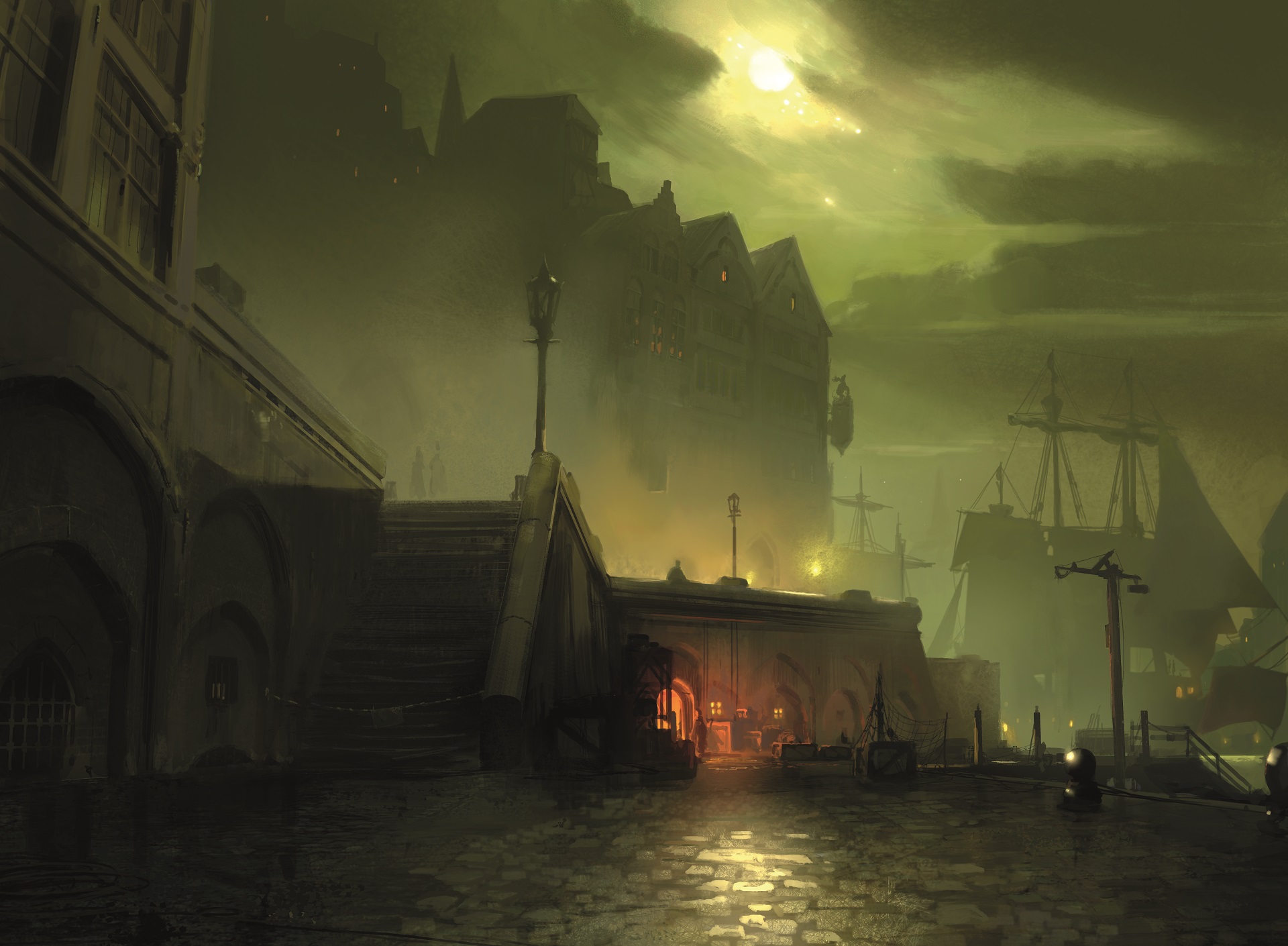
Part of the Realms’ magic is its flat hierarchy of fi ction. Though it hosts novels, PC games, and tabletop campaigns, none are subservient. It’s a trait all but unique in the sphere of fantasy IP—where spin-off works tend to be regarded as lesser or ultimately disregarded as non-canon. In the most notorious example, Disney declared in 2014 that decades of fiction in the Star Wars universe would be retconned overnight.
By contrast, every adventure in the Realms is a valid entry point to its world, and characters from any medium stand a chance of becoming beloved. Minsc, Baldur’s Gate’s rambunctious barbarian, has crossed over into tabletop modules—while no PC game set in the Realms is complete without a cameo from Salvatore’s hero, Drizzt Do’Urden.
“As rich as Drizzt’s history is and evocative as those novels are, one of the things that keeps people going back to them is a very simple, tried and true story that’s worked for aeons,” Winninger says. “He’s the western hero. He’s the lone samurai who’s chosen to reject society and is dealing with that.”
Apocalypse Now
At one time, the buildup of shared stories in the Forgotten Realms began to look like a problem, leaving Wizards with little room to manoeuvre. When the publisher released D&D’s fourth edition in 2008, it advanced the world’s timeline by a century and triggered the Spellplague, an event that transformed whole countries and altered creatures.
The realms developed new and strange depths.
The shift justified new design changes and cleared the decks for newcomers with no investment in the lore. But it also proved unpopular with authors like Salvatore and Greenwood, who found many of their characters suddenly aged out of existence. Heroes who had previously guested in PC games were now nothing but bleached bone. The Realms were cut off from their great strength: their history.
It’s a decision that’s still impacting PC games today. Baldur’s Gate III, for instance, takes place a century after Baldur’s Gate II, limiting its connection to the cast and consequences of previous games. But it’s not something that’s likely to happen again. “We learned some big lessons during playtesting for fifth edition that cut against the conventional wisdom for D&D at the time,” Winninger says. “People don’t really want some of the things we always thought they did.”
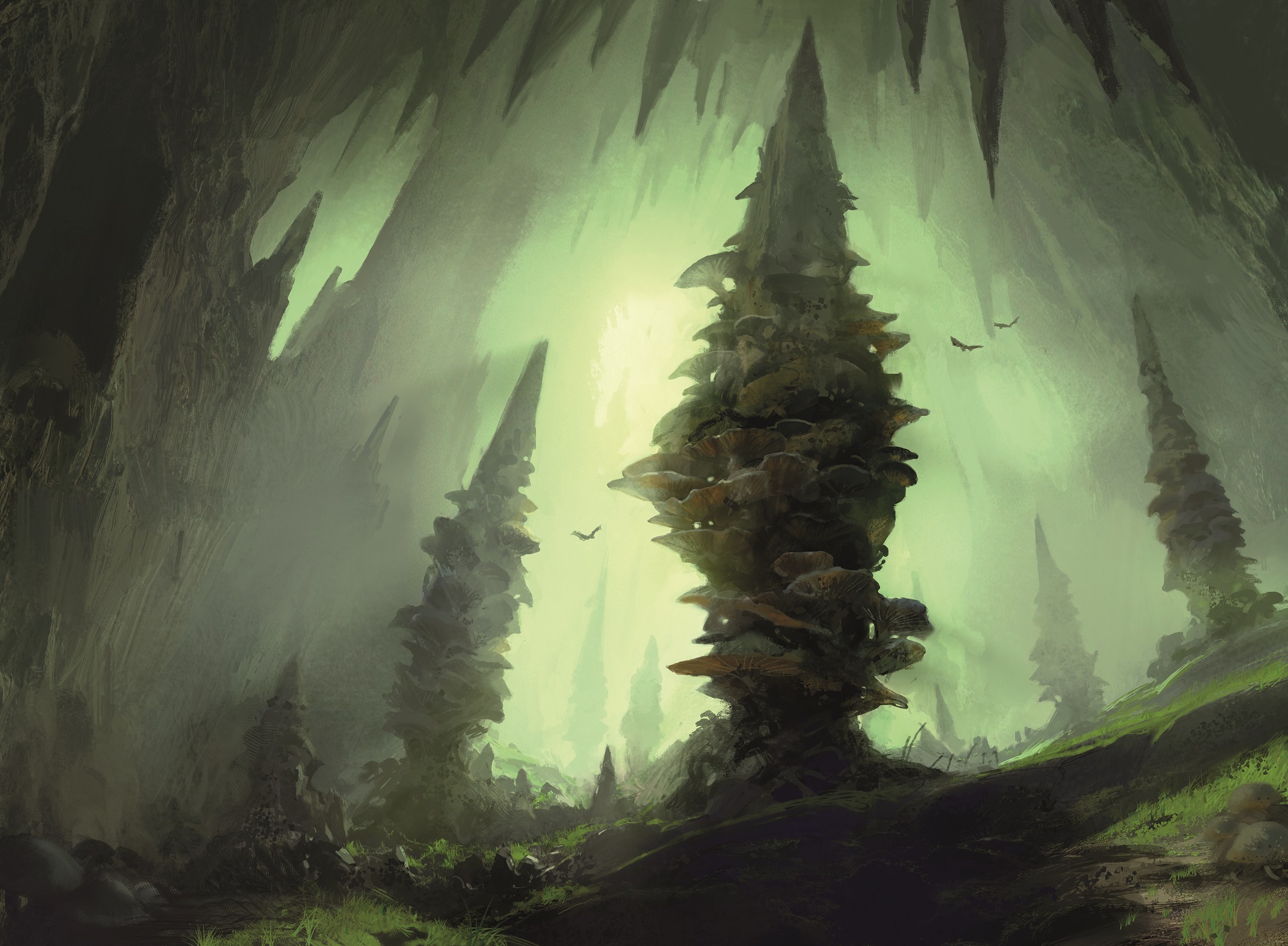
Players wanted to feel more in control of the setting, it turned out, and storylines like the Sundering and the Spellplague got in the way. “We retreated back to D&D first principles,” Winninger says. “The game, the world, and the story belongs to the DM. We try to give you a toy box and stay out of your way.”
The same philosophy holds true for the D&D studio’s dealings with game developers—who often need encouragement to be less reverential in their treatment of Forgotten Realms lore. Early in Baldur’s Gate III’s development, Larian would ask “intricate, down in the weeds questions” about the geography of the Sword Coast and its cities.
Anti-Canon
“You’re the DM,” Winninger’s team would tell the studio. “You can have that famous statue in Waterdeep face any direction you want. You’ve got the freedom to take these mind flayers and make them what they need to be for your game to be fun. That’s OK, they’re literally designed that way to allow you to do that.” The Forgotten Realms is now deep into its fourth decade as a universe built in collaboration with its players—and Wizards of the Coast has learned not to sweat the details. “What keeps us all sane is that we each cling to our own continuity,” Winninger says. “Every game or novel is like an individual DM’s expression of the Realms. We honestly don’t put a lot of effort into making sure that all the details tie between those things, just as they wouldn’t necessarily between my Forgotten Realms campaign and yours. As we chart the future of D&D, we’re very much looking to not get so hung up on this idea that everything has to fit into a single continuity.”
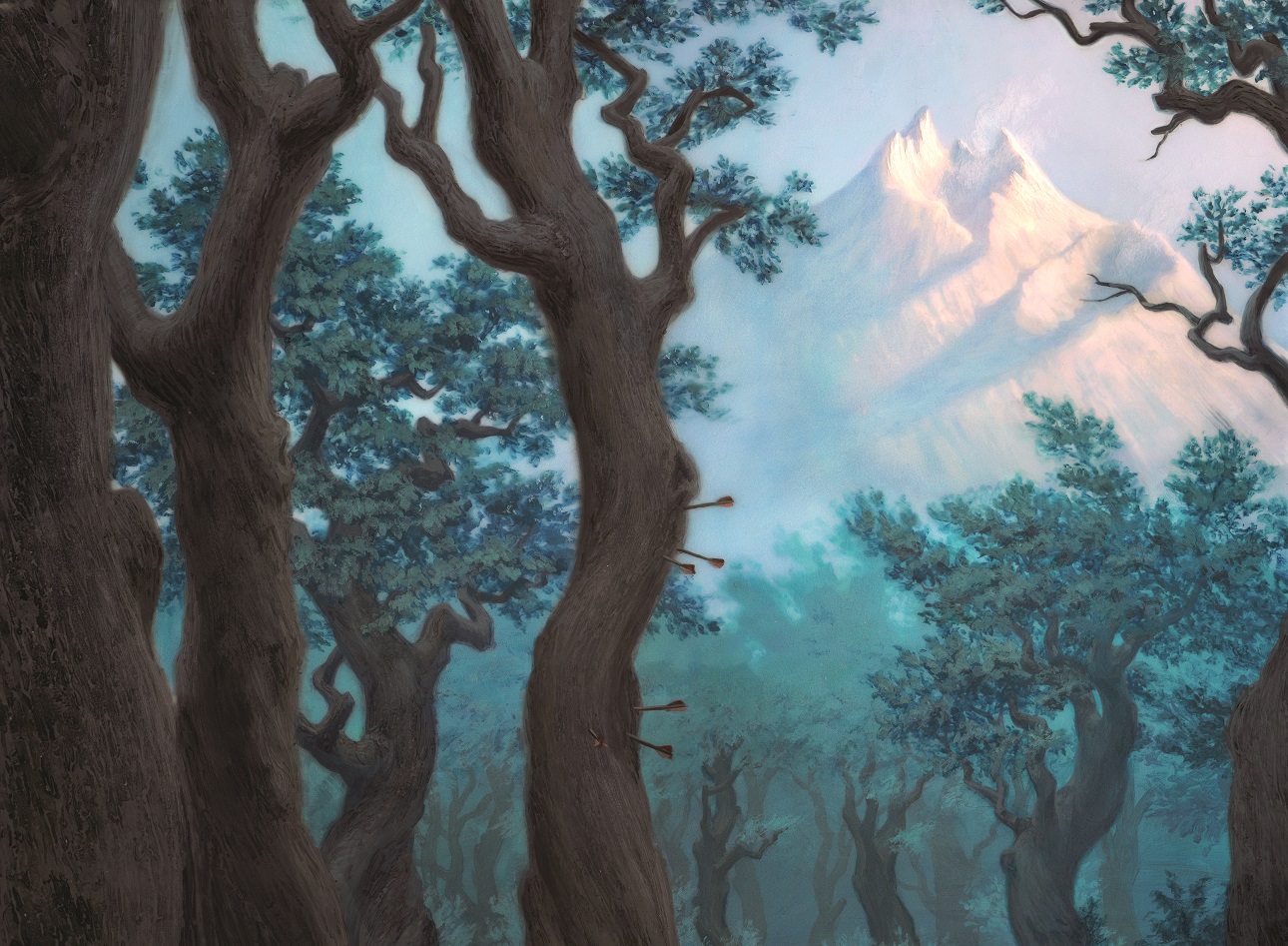
It’s an approach that, like so much of the Forgotten Realms, was first mapped out by Ed Greenwood long ago. It was his idea to tell the lore of the world in two voices: that of Elminster, a secretive and playful old mage, and that of Volo, a scholar known for the inaccuracy of his guidebooks. The stories of the Realms have always been tall tales, delivered by unreliable narrators. Its past isn’t so much a textbook as an epic poem, which can be altered according to the needs of the storyteller.
In other words, that Neverwinter Nights module you never finished building is no less a part of the Realms than a Bioware campaign. Stick that in your pipe, Elminster.

Post a Comment